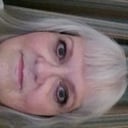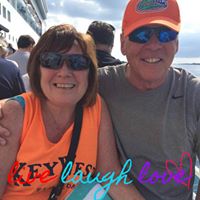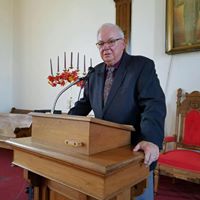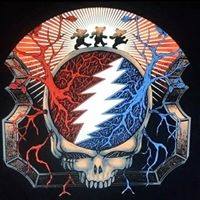Baseballs are prepared for play before every Major League Baseball game. With what are they prepared?
Before every MLB contest and every minor-league match, an umpire or clubhouse worker rubs at least six dozen balls with mud from a single, specific source. The rubbing is mandated by MLB Rule 4.01c. The mud is from the New Jersey side of the Delaware River, at a guarded location reported to be somewhere near the city of Palmayra.
The purposes of the rubbing are to reduce sheen and give players a better grip on the ball, particularly pitchers, for increased control. Early on, the need to prepare the balls was discovered and the first rubbing substance was mud formed from infield soil mixed with water.
Because this method discolored the leather cover of the balls, other substances, like shoe polish, chewing-tobacco juice, and mud from soil under the bleachers were tried. None worked well enough. During a 1938 Philadelphia Athletics game, an umpire complained about the balls to A’s Coach Lena Blackburne.
After a rather lengthy search, Blackburne found suitable mud later at his secret site and founded a company to sell “Lena Blackburne Baseball Rubbing Mud.” In short order, it was used throughout the American League and made its way through the National League. By the 1950s, minor leagues and college teams were using it.
It is still sold and used in MLB games.
More Info:
baseballrubbingmud.com






